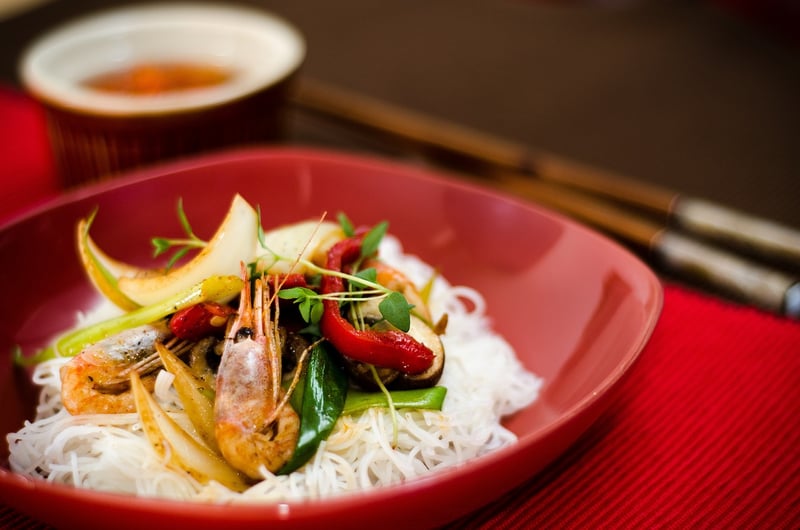Dining Etiquette
Exploring Diverse Food Traditions and Dining Etiquette
Food is a universal language that transcends boundaries and unites people from all walks of life. Exploring diverse food traditions allows us to immerse ourselves in different cultures, taste unique flavors, and learn about the history and customs that shape a community's culinary identity.
Asian Cuisine
Asian cuisine is known for its bold flavors, aromatic spices, and diverse range of ingredients. From the fiery dishes of Sichuan, China, to the delicate sushi of Japan, each Asian country has its own culinary traditions that reflect its history and geography.

European Delights
European cuisine is a tapestry of flavors influenced by centuries of trade and cultural exchange. From the hearty stews of Ireland to the exquisite pastries of France, European food traditions celebrate local produce and time-honored recipes.

African Culinary Heritage
African cuisine is as diverse as the continent itself, with each region boasting its own unique dishes and cooking techniques. From the spicy tagines of North Africa to the comforting stews of West Africa, African culinary heritage is a celebration of community and tradition.

Dining Etiquette
Understanding dining etiquette is essential when exploring different food traditions. Each culture has its own set of customs and rules that dictate how to behave at the table. Whether it's using chopsticks in Asia or enjoying a long, leisurely meal in Europe, observing dining etiquette shows respect for the host and their traditions.
Tips for Dining Etiquette:
- Observe and follow the lead of your host or the locals.
- Learn basic table manners like how to use utensils or eat with your hands if required.
- Respect cultural taboos or customs, such as not crossing your chopsticks in Asia.
- Express gratitude for the meal and show appreciation for the food and hospitality.
By immersing ourselves in diverse food traditions and respecting dining etiquette, we can forge connections, broaden our horizons, and appreciate the rich tapestry of global culinary heritage.
